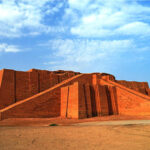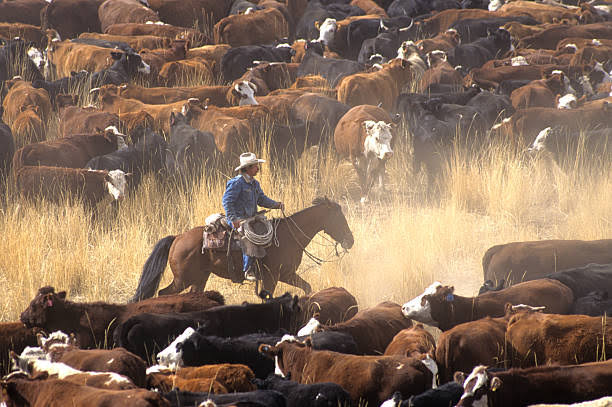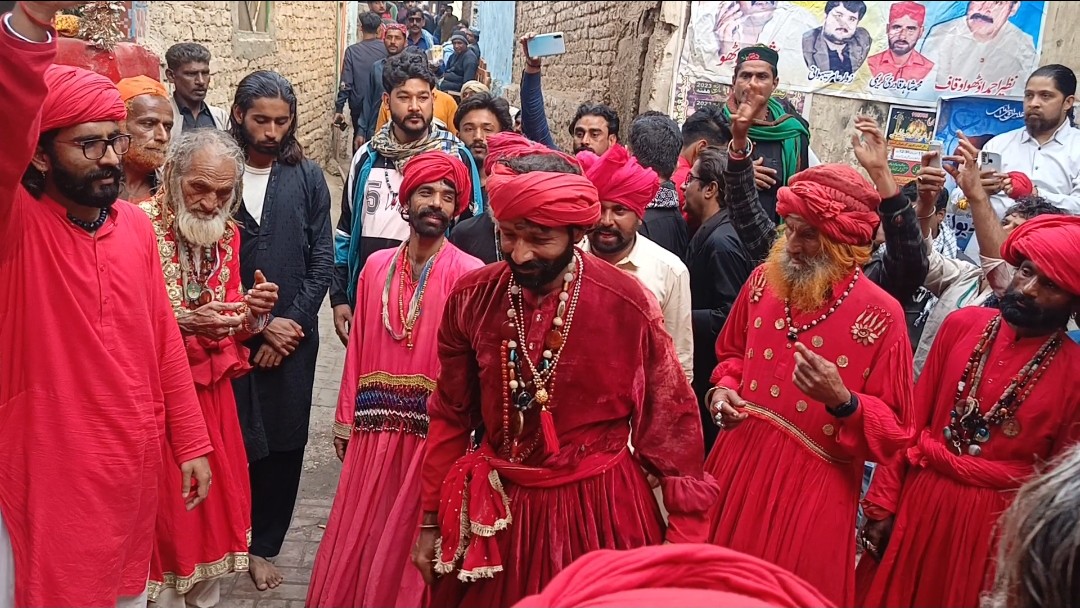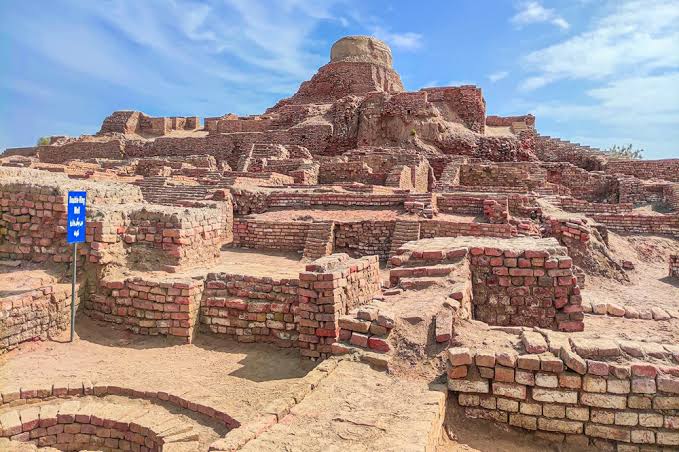Social and Economic Conditions of Lower Sindh and the Indus Delta
From Mirpur Sakro to Nagarparkar: A Diverse Yet Struggling Region
From Mirpur Sakro to Gharo Barri, Sujawal, Badin, and the edge of Thar—Mithi, Islamkot, and Nagarparkar—the geography is vast. On the border of Khahoor, across Samroti, Watt, the Rann of Kutch, and the Indus Delta, conditions appear diverse.
Hardship knows no boundaries here. The people remain underprivileged and deprived of opportunities.
Widespread Use of Chewing Products and Health Concerns
Products such as paan, gutkha, and mixtures like Mao (supari, lime, catechu, and chemicals) are widely consumed.
As a result, serious health concerns are visible:
- Liver conditions
- Kidney disorders
- Chest infections
- Stomach problems
A once healthy and hardworking society has now become a community struggling with wellness.
Economic Hardship in Lower Sindh
We may doubt NGOs. However, when the World Bank issues reports, people listen. Their findings show rising economic hardship year after year. Nearly 70% of the people now live below the standard income level.
Geography and Population of the Indus Delta
Geographers describe the Indus Delta as 356 kilometers long and 50 miles wide. It has 17 major creeks and over 200 smaller ones.
In 1995, the coastal population was around one million, and the number has since increased. The Jat and fisherfolk communities dominate the region. Fishing is their main livelihood, while the Jats also farm, herd camels, and graze animals.
Fifty to sixty years ago, their population was 16,000–20,000. Today, only 2,000–2,500 Jats remain across the delta.
The Decline of Fishing and Water Shortages
The fishing situation has worsened. Foreign trawler licenses reduced marine catch. Freshwater fish in rivers and ponds have also declined due to a shortage of freshwater.
Except for a month and a half during floods, the river remains dry all year. The famous pallo fish has nearly disappeared. Even when water is released, locals catch its seeds with fine nets.
Visit towns like Thatta, Sakro, Garho, Chuhar, Jati, Sujawal, or Badin—you will see heaps of small pallo fish in markets. Despite a ban on fishing in June and July, it continues unchecked. The Fisheries Department is absent, and the administration is helpless.
Joblessness and food insecurity make the problem worse. Fishermen must catch small fish; otherwise, their children go hungry. Under the label of “waste fish,” small fish are dried and sold.
The Crisis in Education
Education remains a major concern. Despite efforts by Education Minister Syed Sardar Ali Shah, the literacy rate in Lower Sindh is still below 40%.
Instead of attending school, children carry fishing nets to creeks. Limited resources restrict opportunities and society is becoming hollow.
Recently, Additional Secretary of Education Muhammad Ashiq Khoso expressed concern at the Sindh Secretariat. He highlighted poor literacy in the Indus Delta, especially along the coast.
He proposed a meeting with officials and senior teachers in Hyderabad. The key goal: raise awareness for education and attract children to schools. One proposal was to give each child a scholarship of 300–400 rupees monthly. If implemented, literacy could rise to 70–80%, or even higher.
Health Challenges in Lower Sindh
In the health sector, progress has delivered limited benefit. The water remains unsafe for drinking. Malnutrition, impure water, and substance use cause most problems.
At the very least, people must learn to boil drinking water. This can be promoted by encouraging both government and private doctors to advise every patient. Clinics should also keep boiled water available. In reality, this is not difficult.
Read about human Historyhttps://khahori.com/history-and-its-influence-of-human-behavior/#comments
Housing and Cultural Identity of the Jats
The Jat community remains physically strong. Their wooden houses can withstand saline soil. However, the straw and reed houses of fishermen collapse during storms.
The Jats traditionally wear black clothes. Among Jat and Baloch communities, women wear the ghaghra, a traditional long skirt.
Latif wrote:
“Behind the veil of the ghaghra lies honor. Maintain your modesty, O lords of dignity.”
In other regions, Neeroti clothing is common. From Tando Hafiz Shah to Jhirk, Thatta, Jhampeer, Jungshahi, and Malir, people wear Neeroti. The colors black and indigo symbolize grief and sorrow.
Latif again said:
“Clothed in black, my beloved wears Neeroti.”
The Struggles of Sindhi Society
Sindhi society has always lived in difficulty and struggle. History records foreign invasions, looting, internal conflicts, social unrest, and instability.
Today, the challenges continue with economic hardship, joblessness, corruption, favoritism, and inequality. These factors have deepened the suffering of the people of Lower Sindh.https://www.facebook.com/share/p/1BLoBKDwqi/
Sindhi language article Translated By GM Leghari









